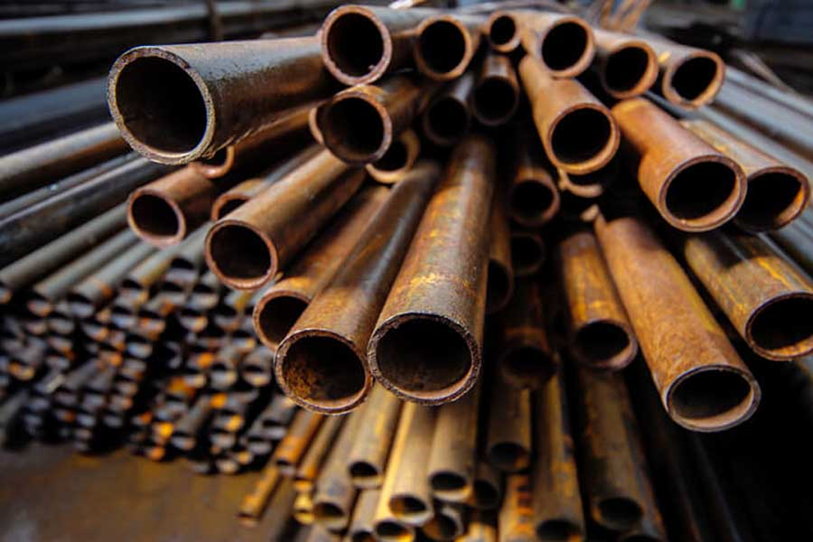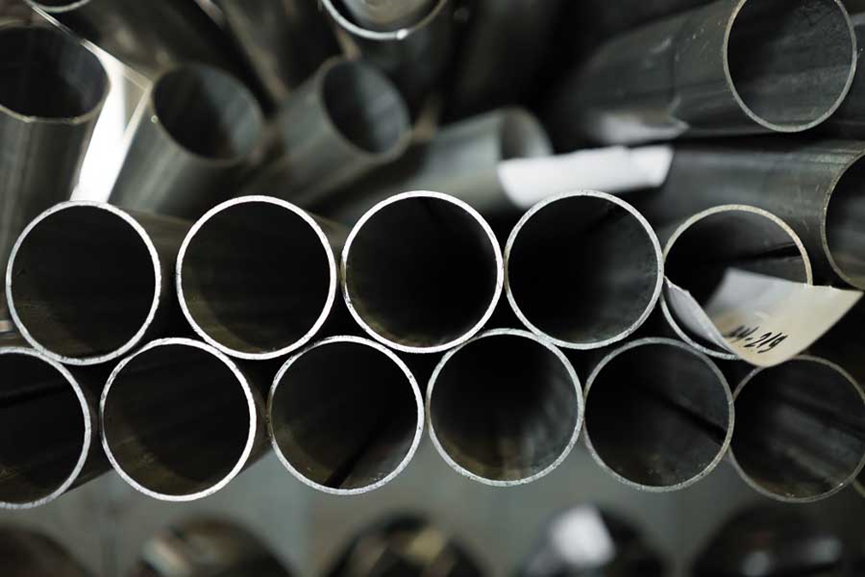How to Repair Cast Iron Pipes?
2024-11-18 09:53:02 hits:0

Cast iron pipes are widely used in municipal pipelines and construction projects due to their excellent corrosion resistance and mechanical strength. They are commonly used for water, drainage, and gas lines. However, as these pipes age, they may suffer from corrosion, wear, or physical damage, leading to leaks or other issues. Therefore, repairing cast iron pipes is an essential task to ensure they continue functioning properly.
1. How to repair cast iron pipe
Fixing a cast iron pipe depends on the extent
of the damage and the type of problem (e.g., cracks, leaks, corrosion). Here are some general steps you can follow to fix or repair cast iron pipes:
1.1 Identify the Problem
1.1 Identify the Problem
l Leak: Water seeping from joints or cracks.
l Cracks or Holes: Often caused by corrosion or
impact damage.
l Corrosion: Rust buildup causing thinning of
the pipe wall.
l Clogging: A blockage may require cleaning
or removing debris inside the pipe.
1.2 Shut Off Water Supply
l Turn off the water supply to the
affected area to prevent further damage or flooding.
1.3 Inspect the Pipe
l Visual Inspection: Look for visible signs of
cracks, holes, or rust.
l Sound Inspection: Knock lightly on the pipe. If it
sounds hollow, it may be corroded.
l Leak Detection: For leaks, you may want to run a
dye test (dissolve some food coloring in water and check where it seeps
through).
1.4 Prepare the Area
l Clear away any insulation or
debris around the damaged pipe section.
l If necessary, cut away any drywall
or surrounding material to access the pipe fully.
1.5 Common Methods for Repairing Cast Iron Pipes
l Mechanical Coupling Method: For small-scale damage, the
mechanical coupling method is a commonly used repair technique. This method
involves using specialized pipe repair clamps or metal couplings to secure and
seal the damaged section of the pipe. The repair clamp quickly holds the
damaged area in place, preventing leaks or further breakage. This method is
ideal for minor cracks or holes, as it is simple to apply and relatively low in
cost.
l Epoxy Resin Repair Method: The epoxy resin repair method is a
popular technique, especially for repairing surface corrosion or cracks in cast
iron pipes. Before applying the resin, the pipe surface must be cleaned to
remove rust and debris. Then, the epoxy resin is applied to the damaged area,
and once it cures, it forms a durable protective layer that prevents further
corrosion and restores the pipe’s strength. This method is easy to execute and provides long-lasting
results, making it suitable for most common types of damage.
l Pipe Wrapping Repair Method: For larger cracks or more
significant damage, the pipe wrapping repair method is an effective solution.
This technique involves wrapping the damaged pipe section with specialized
repair cloth or fiber material, then securing it with resin or adhesive. The
wrapping method effectively restores the pipe's strength and sealing
properties, and it is suitable for widespread damage or hard-to-reach areas. It
offers high pressure resistance and corrosion protection, making it ideal for
long-term use.
l Replacing the Damaged Section: For severe damage that cannot be repaired, the most effective solution is to replace the damaged section of the pipe. This typically involves cutting out the damaged section of the cast iron pipe and replacing it with a new pipe segment. Although replacing pipe sections is more costly, it ensures the long-term stability and safety of the pipeline system.

The above is an introduction to the steps and
methods of cast pipe repair. Next, I will introduce to you the service life of
cast pipes of different materials.
2. Lifespan of Different Types of Cast Iron Pipes
The lifespan of cast iron pipes depends on
various factors, including material composition, environmental conditions, and
maintenance practices. Different types of cast iron pipes, based on their alloy
components and manufacturing processes, have different lifespans and are
suitable for various environments.
2.1 Standard Cast Iron Pipes
Standard cast iron pipes are typically made
of gray cast iron (where graphite forms in flakes), providing good compressive
strength and corrosion resistance. They are commonly used for water and
drainage systems. Depending on the environmental conditions, the typical
lifespan of standard cast iron pipes is between 30 to 50 years. With
proper maintenance, they can even last up to 70 years. However, they are
relatively brittle and can be easily damaged by external impacts or corrosion.
2.2 Ductile Iron Pipes
Ductile iron pipes (also known as nodular
cast iron pipes) offer higher strength, toughness, and corrosion resistance
compared to standard cast iron pipes, making them widely used in municipal
water supply and wastewater systems. The lifespan of ductile iron pipes is
typically 50 to 100 years, and their corrosion resistance, particularly
in underground pipelines, makes them an ideal choice for long-term
applications.
2.3 Alloy Cast Iron Pipes
Alloy cast iron pipes are produced by adding
alloying elements such as chromium and nickel to improve high-temperature
resistance, corrosion resistance, and oxidation resistance. These pipes are
commonly used in specialized industrial environments, such as areas with high
temperatures or chemical corrosion. The lifespan of alloy cast iron pipes
depends on the specific environment and usage, generally ranging from 50 to
80 years.

3. How to Choose the Right Cast Iron Pipe Material
When choosing the appropriate cast iron pipe
material, several factors need to be considered:
l Operating Environment: If the pipe will be exposed to
high temperatures, corrosive gases, or chemicals, alloy cast iron pipes or
ductile iron pipes may be more suitable.
l Load Requirements: If the pipe is required to
withstand significant external pressure or mechanical impact, ductile iron
pipes, with their higher strength and toughness, offer better performance.
l Budget and Maintenance: While alloy cast iron and
ductile iron pipes may have higher initial costs, their longer service life and
lower maintenance needs often make them more cost-effective in the long run. On
the other hand, standard cast iron pipes are less expensive but require more
frequent maintenance, making them more suitable for budget-conscious projects.
l Pipe Length and Diameter: For long-distance or
large-diameter pipelines, ductile iron pipes are often the preferred choice due
to their ability to withstand higher pressure during transportation.
Repairing cast iron pipe is essential to
maintaining the continued stability and reliability of municipal and industrial
piping systems. Choosing the right repair methods and materials can
significantly extend the service life of the pipe. Now I will take you through
the characteristics and expected life of different types of cast iron pipe to
help you make more informed choices when designing or maintaining piping
systems. Whether repairing or choosing new pipes, proper planning, maintenance,
and material selection are the basis for ensuring the safety and performance of
the piping system.

 en
en  fra
fra  de
de  ru
ru  gle
gle  th
th  ara
ara  it
it  jp
jp  kor
kor  zh
zh 


